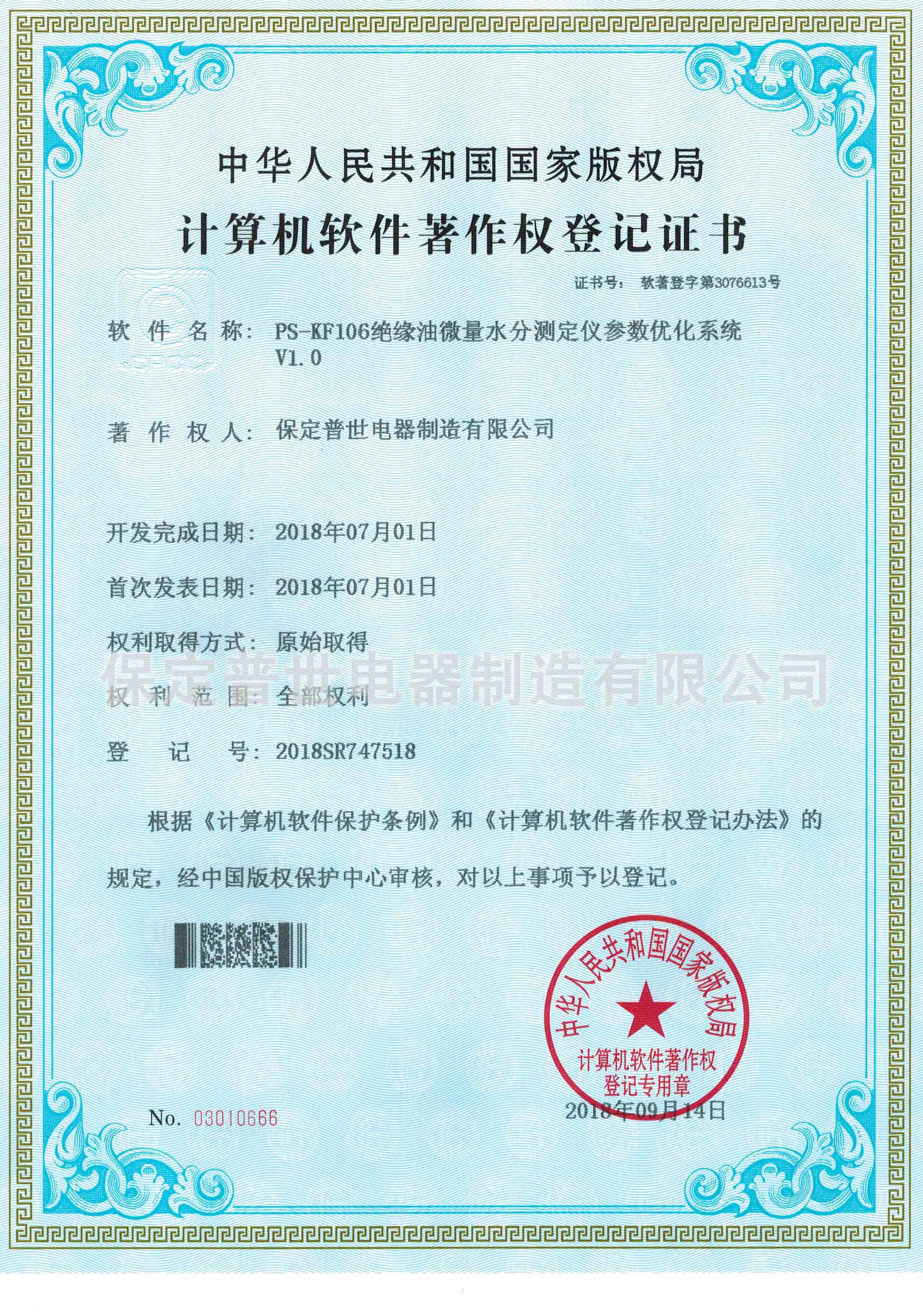 English
English



-
 Afrikaans
Afrikaans -
 Albanian
Albanian -
 Amharic
Amharic -
 Arabic
Arabic -
 Armenian
Armenian -
 Azerbaijani
Azerbaijani -
 Basque
Basque -
 Belarusian
Belarusian -
 Bengali
Bengali -
 Bosnian
Bosnian -
 Bulgarian
Bulgarian -
 Catalan
Catalan -
 Cebuano
Cebuano -
 China
China -
 China (Taiwan)
China (Taiwan) -
 Corsican
Corsican -
 Croatian
Croatian -
 Czech
Czech -
 Danish
Danish -
 Dutch
Dutch -
 English
English -
 Esperanto
Esperanto -
 Estonian
Estonian -
 Finnish
Finnish -
 French
French -
 Frisian
Frisian -
 Galician
Galician -
 Georgian
Georgian -
 German
German -
 Greek
Greek -
 Gujarati
Gujarati -
 Haitian Creole
Haitian Creole -
 hausa
hausa -
 hawaiian
hawaiian -
 Hebrew
Hebrew -
 Hindi
Hindi -
 Miao
Miao -
 Hungarian
Hungarian -
 Icelandic
Icelandic -
 igbo
igbo -
 Indonesian
Indonesian -
 irish
irish -
 Italian
Italian -
 Japanese
Japanese -
 Javanese
Javanese -
 Kannada
Kannada -
 kazakh
kazakh -
 Khmer
Khmer -
 Rwandese
Rwandese -
 Korean
Korean -
 Kurdish
Kurdish -
 Kyrgyz
Kyrgyz -
 Lao
Lao -
 Latin
Latin -
 Latvian
Latvian -
 Lithuanian
Lithuanian -
 Luxembourgish
Luxembourgish -
 Macedonian
Macedonian -
 Malgashi
Malgashi -
 Malay
Malay -
 Malayalam
Malayalam -
 Maltese
Maltese -
 Maori
Maori -
 Marathi
Marathi -
 Mongolian
Mongolian -
 Myanmar
Myanmar -
 Nepali
Nepali -
 Norwegian
Norwegian -
 Norwegian
Norwegian -
 Occitan
Occitan -
 Pashto
Pashto -
 Persian
Persian -
 Polish
Polish -
 Portuguese
Portuguese -
 Punjabi
Punjabi -
 Romanian
Romanian -
 Russian
Russian -
 Samoan
Samoan -
 Scottish Gaelic
Scottish Gaelic -
 Serbian
Serbian -
 Sesotho
Sesotho -
 Shona
Shona -
 Sindhi
Sindhi -
 Sinhala
Sinhala -
 Slovak
Slovak -
 Slovenian
Slovenian -
 Somali
Somali -
 Spanish
Spanish -
 Sundanese
Sundanese -
 Swahili
Swahili -
 Swedish
Swedish -
 Tagalog
Tagalog -
 Tajik
Tajik -
 Tamil
Tamil -
 Tatar
Tatar -
 Telugu
Telugu -
 Thai
Thai -
 Turkish
Turkish -
 Turkmen
Turkmen -
 Ukrainian
Ukrainian -
 Urdu
Urdu -
 Uighur
Uighur -
 Uzbek
Uzbek -
 Vietnamese
Vietnamese -
 Welsh
Welsh -
 Bantu
Bantu -
 Yiddish
Yiddish -
 Yoruba
Yoruba -
 Zulu
Zulu
water distillation plant price
The Cost of Water Distillation Plants A Comprehensive Overview
The increasing demand for clean and safe drinking water has led many industries, municipalities, and households to consider investing in water distillation plants. These systems are essential for purifying water by removing contaminants, minerals, and other impurities through the process of distillation. However, one might wonder about the price and economic factors associated with setting up such a facility. This article delves into the cost aspects, different types of water distillation plants, and factors influencing their prices.
Understanding Water Distillation
Water distillation is a thermal process that involves boiling water to produce steam. The steam is then collected and cooled back into liquid form, leaving impurities behind. This method is effective in purifying water, making it suitable for consumption or industrial use.
Types of Water Distillation Plants
1. Small-Scale Distillation Units Typically designed for household or small business use, these units have low capacities. Prices can range from $500 to $5,000 depending on the technology used, materials employed, and production capacity.
2. Medium-Sized Plants Suitable for communities or larger households, these plants can produce thousands of liters of distilled water per day. Prices for medium-sized distillation plants generally start around $10,000 and can go up to $50,000 based on operational capacity and advanced features.
3. Large-Scale Industrial Distillation Plants These facilities are designed for high demand and may serve industries such as pharmaceuticals, food and beverage, and utilities. Costs can range from $100,000 to several million dollars, influenced by the scale of production, types of technologies, and specific regulatory requirements.
Factors Influencing the Price of Water Distillation Plants
water distillation plant price

1. Technology and Design The technology used in the distillation process significantly impacts pricing. High-efficiency systems, such as multi-effect distillation or vapor compression, tend to have higher upfront costs but can offer substantial savings in energy consumption over time.
2. Materials The quality of materials used in the construction of the plant plays a vital role in determining the price. Corrosion-resistant materials tend to be more expensive but reduce maintenance costs and increase lifespan.
3. Capacity and Output Needs The desired capacity of the plant will dictate the investment required. Larger operations necessitate more robust systems and support infrastructure, thus increasing the initial expenditure.
4. Regulatory Compliance Compliance with local and international regulations regarding water quality and environmental standards can add to costs. This includes permits, inspections, and possible modifications to meet stringent guidelines.
5. Installation and Maintenance The cost of installation and ongoing maintenance cannot be overlooked. Expert installation can add to initial costs but is crucial for the efficient operation of the plant. Regular maintenance is also essential to ensure long-term functionality, and this should be factored into the overall budget.
6. Location The geographical location of the plant can affect costs due to transportation, labor, and local utility rates. Rural areas may incur additional expenses if infrastructure is less developed, while urban areas may have higher labor costs.
Conclusion
Investing in a water distillation plant can be a significant financial commitment, influenced by various factors from technology to location. Understanding the range of options available and the associated costs is crucial for anyone considering this investment. As global water scarcity becomes a pressing issue, investing in efficient water purification systems not only meets immediate needs but also contributes to a sustainable future for communities and industries alike. Whether for personal, commercial, or industrial use, a well-chosen water distillation plant can prove to be a worthwhile investment in health and safety.
-
Testing Equipment Industry Sees Major Advancements in 2025: Smart & Precision Technologies Lead the WayNewsJun.06,2025
-
Applications of Direct Current Generators in Renewable Energy SystemsNewsJun.05,2025
-
Hipot Tester Calibration and Accuracy GuidelinesNewsJun.05,2025
-
Digital Circuit Breaker Analyzer Features and BenefitsNewsJun.05,2025
-
Benefits of Real-Time Power Quality Monitoring Devices for Industrial EfficiencyNewsJun.05,2025
-
Earth Fault Loop Testing in High-Rise Building Electrical SystemsNewsJun.05,2025



